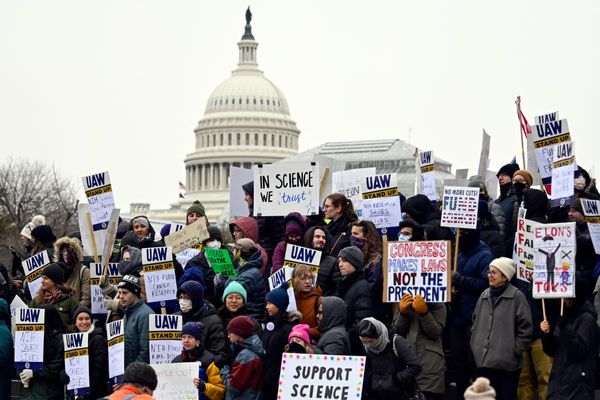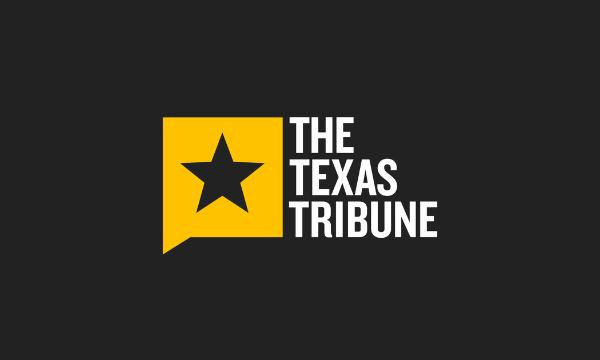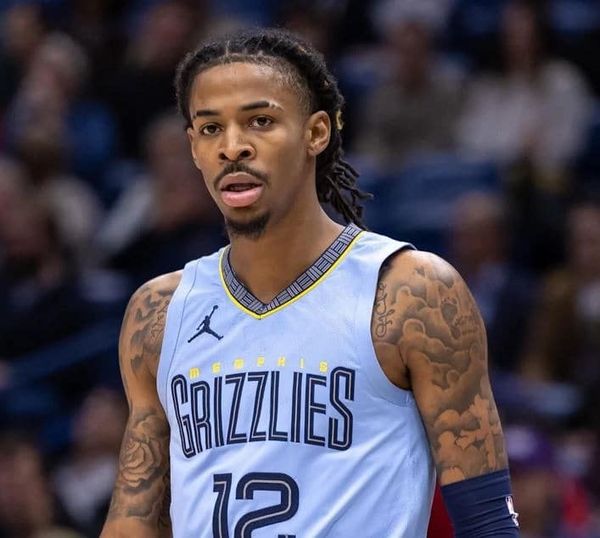As the pandemic enters its second year there remains restrictions on travel and public gatherings. Consequently, the TV upfronts, a staple of the advertising industry every Spring, is planning a second year of virtual upfront presentations. Already, Disney
Before the pandemic struck, hundreds of marketers and media buyers congregated in midtown Manhattan venues such as Lincoln Center, Radio City and Carnegie Hall, for presentations from television executives about next seasons programs and strategies. As part of the presentation, network executives brought in on-air celebrities to entertain or address advertisers. Often times. there would be a reception afterwards as network executives would get feedback from attendees and have preliminary discussions on the upcoming ad marketplace. (In typical years, the broadcast and cable upfronts generated about $20 billion in ad dollars.) With virtual upfronts, the networks will not rent out venues, not entertain advertisers or need to fly in their on-air talent. Hence, virtual upfronts result in significant cost savings running into millions.
With the upfronts still scheduled for May, television ad marketplace will continue to run on a broadcast calendar starting in late September, instead of a calendar year, which most advertisers prefer. Nonetheless, there will be a few changes to this year’s upfronts. In a first, there will be several separate presentations strictly covering the use of data and advanced audience analytics. Also, there will be a greater focus on cross platform, the selling of ads on linear TV combined with streaming video.
Disney will hold their virtual upfront for the advertisers on Tuesday, May 18 at 4 p.m. (ET), which was typically the day and time of the ABC upfront. For the 2021-22 season, Disney had previously held a Disney Platform Technology Showcase event on February 23 in which they touted their investments in advertising innovation including strategies with data and audience measurement. On March 23 Disney will hold a program development event, to go over potential new shows across their linear TV and streaming platforms.
Disney announced the May 18 upfront presentation will include ABC, ABC News, Disney Channels Worldwide, Disney Digital, ESPN Networks, ESPN+, Freeform, FX Networks
On the afternoon of Wednesday, May 19 ViacomCBS will hold their virtual upfront (when CBS upfronts had always been scheduled). Last year, ViacomCBS held their virtual upfronts on two days. For the presentation, ViacomCBS will provide advertisers programming content from CBS, their cable properties (e.g., MTV, Comedy Central, BET, etc.) and their newly rebranded streaming provider Paramount+
On Thursday, March 18 at 4 p.m. (ET), ViacomCBS has scheduled a Nickelodeon family-friendly upfront. Variety, reports that besides targeting ad buyers, the kids network plans a “Zoom-like” co-viewing event for families. Nickelodeon plans to have animated and live-action portions, including on-air talent in an interactive portion. The virtual event will also have a screening room for their existing programs and video clips of new shows. Also planned are sweepstakes, photo ops and the ability to virtually meet animators, characters, artists, etc. A one-time top rated cable network, Nickelodeon has experienced significant ratings erosion in recent years.
AT&T’s
The top-rated Spanish-language network Univision announced they will hold a virtual upfront for advertisers on Tuesday, May 18, the typical day they have scheduled their upfront presentation. In February, Univision was sold a 64% stake to Searchlight Capital Partners and ForgeLight LLC, two investment firms. It will also mark the first Univision upfront with the new ad sales director Donna Speciale, who joined Univision in January after running ad sales at Turner and Warner Media. Univision will also be holding an event for advertisers on Wednesday, March 24, called “A New Vision at Univision.” In that presentation, the network will introduce their new management team and ad strategy.
Discovery has scheduled their virtual upfront for Tuesday, May 18 at 10 a.m. (ET). By moving its upfront during the same week as the broadcast networks, Discovery is seeking higher ad rates. In January, Discovery+ was launched in the U.S. The streaming service has an ad supported tier. In addition, Discovery has plans for the Magnolia Network, from Chip and Joanna Gaines. The network will launch online this summer, the cable TV launch has been postponed until 2022.
A&E Networks (a joint ownership with Hearst and Disney), including A&E, History and Lifetime
Comcast’s
Fox announced plans for a virtual upfront scheduled for the afternoon of Monday, May 17. This is the usual time slot for their annual upfront presentation. Details will be announced at a later time. The CW is also finalizing plans for their upfront event with a date and time to be determined.
One of most important components of the upfront presentation is new programs. Last year, with the pandemic forcing TV studios to temporarily shut in mid-March, curtailing the development of new programs to be evaluated by TV executives. With little original programs to present, combined with an economic slowdown, the upfront ad marketplace did not start until August (it typically is over by June or July). The New York Times
Looking at program development in 2021, Carolyn Finger, the senior VP of Variety Business Intelligence says, “I think that the proliferation of streaming has dramatically changed the landscape in the past year and the consolidation of upfronts by corporate entity, rather than flagship network has altered the traditional meaning of the upfronts. Peacock didn’t roll out until July of 2020, so NBC now joins the other broadcasters in having an aligned streamer that can both amplify and compete against their content.”
Finger continues, “The side effects from last year were that more projects from the last development cycle rolled into this year and the disruption in production schedules has made the rollout of new series less predictable.” Mark Hoebich, the President of Variety Business Intelligence adds, “I think it’s safe to assume that we are still feeling the impacts of production disruption from COVID, though not as acutely as we saw in 2020.”







